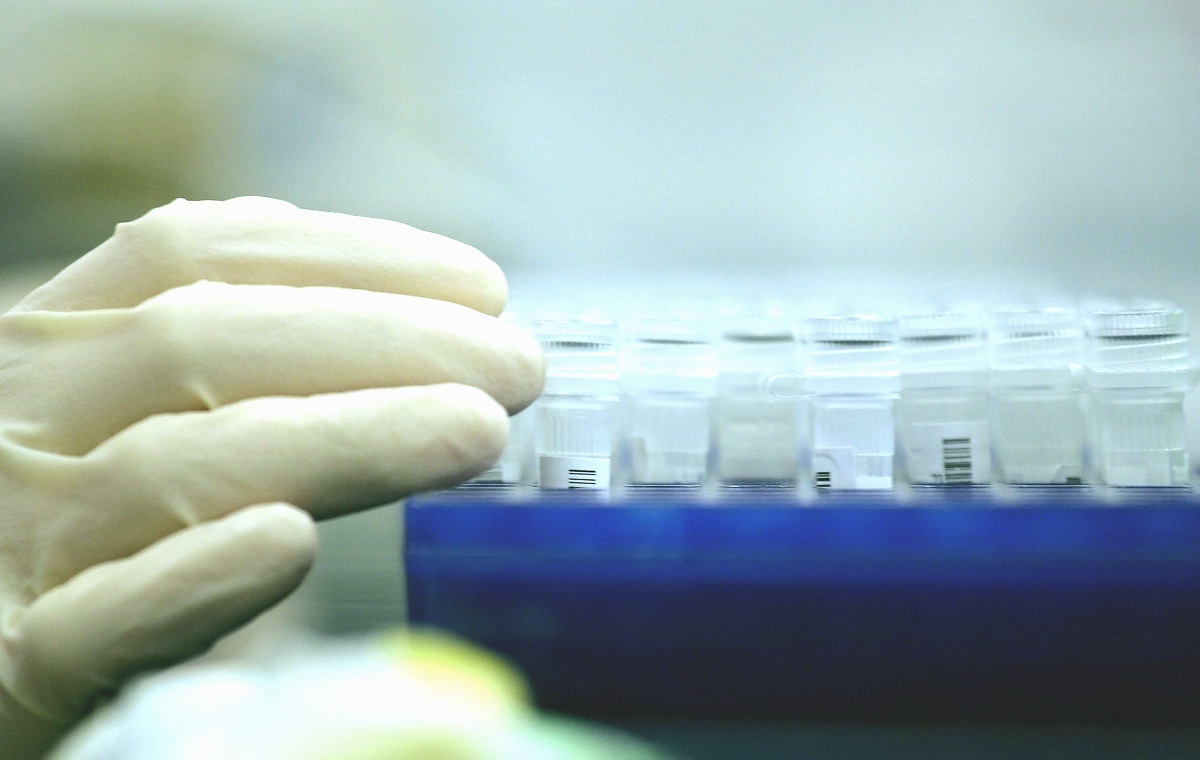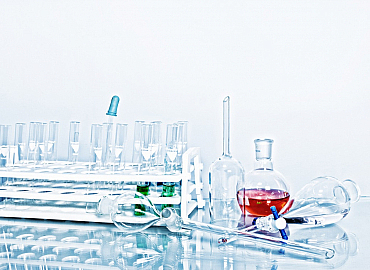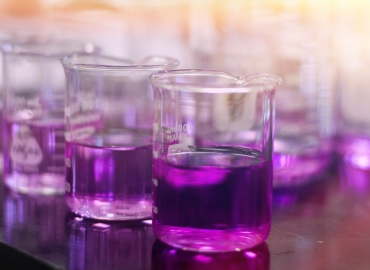Joint pain is a common symptom of various diseases. In medicine, it is called arthralgia. Most people experiencing joint pain associate it with the inflammatory joint disease called arthritis. However, it is only partially true, as in addition to inflammatory changes, arthralgia can be related to the degenerative-dystrophic joint changes. The variety of diseases with this symptom is extremely great. Arthralgia comes with metabolic, rheumatic, tumor, infectious, endocrine and some other groups of diseases.
Types and causes of joint pain
Among the most common types of arthralgia are the following:
- presentation of toxic syndrome of acute infectious diseases;
- pain due to inflammatory diseases of the musculoskeletal system;
- pain due to degenerative-dystrophic changes of cartilage and bone tissue;
- post-traumatic pain;
Depending on the joint pain origin, it can be burning or aching, according to the presentation degree – mild, moderate or intense, according to the course type – intermittent or constant. The most common localization of arthralgia is the appendicular joints: coxal, genual, talocrural, brachial, ulnaris, radiocarpal and interphalangeal.
Factors of joint pain progression
Joint pain is a common symptom of acute infectious diseases. In such case, they can appear as aches in joints of the upper and lower extremities, without affecting the joint mobility. Such pain, as a rule, disappears on its own due to the reduction of the underlying disease presentation and recovery.
Constant, intermittent or intense pain of large joints, along with the limitation of their mobility, is peculiar to inflammatory diseases of the musculoskeletal system (arthritis).
Progressive pain increasing in its intensity over the long period is a sign of degenerative-dystrophic diseases of the joints (for example, deforming arthrosis, gout). In such case, the arthralgia has aching pain. Early in the course of the disease, it usually appears after constant load, disappears at rest, and can be weather-sensitive. During the last stages, it becomes intense and constant. The widespread process of salt accumulation can also come with similar pain.
AKSINIA Cream for the treatment of accumulation of salts by Repharm
Joint pain treatment
The treatment has symptomatic nature. The main task is to eliminate or reduce pain. However, the jugulating of arthralgia is a secondary task, as it solves the problem temporarily. The most important thing is to find out the pain cause and treat the main pathology.
Nevertheless, the group of non-steroidal anti-inflammatory medications acts as effective drugs of symptomatic therapy eliminating pain regardless of its cause: Diclofenac sodium, Indomethacin, Ketorolac, Tenoxicam, etc. In addition to pain jugulating, they eliminate edema, reduce inflammation as well as the temperature. Non-steroidal anti-inflammatory medications are presented in several dozen varieties, in which the main active ingredient is aminoacetic, propionic, indoleacetic and some other organic acids.
Non-steroidal medications are relatively harmless due to the absence of individual intolerance or contraindications. However, since they are based on acid, they can irritate the gastrointestinal tract, increasing the aggressiveness of its contents. In addition, they reduce the activity of blood clotting processes.
Another disadvantage of non-steroidal medications is the possibility of use only during the limited period, while in some case of the musculoskeletal system diseases, coming with arthralgia, the patient requires the prolonged use of analgesics.
An alternative effective method of joint pain jugulating in such case is the use of natural-based creams providing the analgesic effect. Such medications do not have any side effects and can be used without time restrictions. An example of such medication is AKSINIA cream. Its main components are bisphosphonates, succinic acid, essential lemon oil, extracts of calendula and chamomile, cocoa butter. This complex actively relieves pain and inflammation. In addition, bisphosphonates promote the removal of salts and prevent their accumulation, regulate the metabolic processes of articular areas.
Larisa Degtyareva, Professor of Bogomolets National Medical University
 28 Mar 2017 г.
28 Mar 2017 г. 











